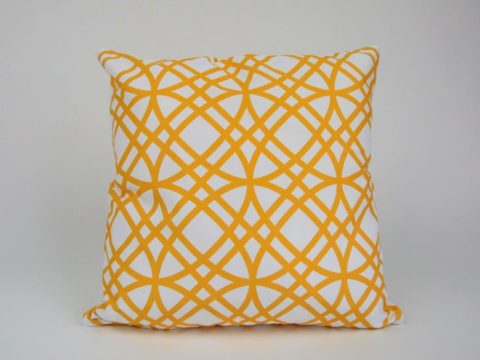Mary, Queen of Scots: Life Story
Chapter 18 : Disaster
Mary’s first official reaction was to believe that the explosion had been meant to kill her – and it is certainly possible that she did not associate the explosion with any plot to kill her husband to free her from him. She may have thought this was a completely separate occurrence – if she were willing to close her eyes to a planned murder, she would be careful to have no knowledge of the details.
She went into official mourning, although she attended a wedding a few days later, and then spent a short period at Seton, outside the city, perhaps to restore her health, which was again poor.
The removal of unwelcome spouses was hardly new in European courts, nor was the dispatch of difficult subjects anything that kings had not managed before. Mary should have exhibited horror and grief, talked a good deal about justice and vengeance, and hanged a few people, starting with the unpopular Bothwell, who was immediately accused of the murder. Instead, she showed little enthusiasm for finding her husband’s murderers and by 1st March she herself was being lampooned with a placard on the streets of Edinburgh, portraying her as Bothwell’s lover.
Fraser puts Mary’s lack of action down to depression, melancholy and the lack of disinterested advice from her councillors – although Mary received very good advice from both Queen Elizabeth and Catherine de’ Medici. Wormald sees her inactivity as the supreme example of Mary’s unfitness to rule, and her complicity in the murder – although one might argue that complicity would have made the queen more eager to find a scapegoat.
Eventually, Bothwell was brought to trial in April, but only after relentless importuning by King Henry’s father, the Earl of Lennox, whom Mary allowed to bring a private prosecution. Rather than being treated as a criminal, Bothwell rode to the trial, accompanied by Maitland of Lethington, the Earl of Morton, and numerous retainers. He was quickly acquitted.
Later that month, Mary ratified a number of grants of land to Bothwell, Morton, and several others who were co-conspirators. Whether this was a pay-off for services rendered, or whether Mary was implicated in a way that made her open to blackmail, is debatable – it is difficult to conclude any other reasons for it.
New rumours arose that Mary would marry Bothwell, and he persuaded eight of Mary’s earls, six bishops, the Archbishop of St Andrews and other lords to sign the ‘Ainslie Tavern Bond’, by which they agreed that they would persuade Mary to marry Bothwell.
Mary herself had travelled to Stirling to see Prince James. Perhaps anticipating some danger, she pressed his guardian, the Earl of Mar, to keep him safe, and not allow anyone to take him from Stirling. En route back to Edinburgh she was abducted by Bothwell, and taken to Dunbar, where she had sexual relations with Bothwell.
Again there has been endless speculation as to whether she was complicit in the abduction – she did not allow her small train to try to fight him off, but did send one of them to Edinburgh to rouse the city, or whether Bothwell raped her or whether she loved him. To quote Fraser:
‘…in the course of the gratification of his ambitions, rape was not the sort of duty from which Bothwell was likely to shrink.’
In Mary’s favour, is her whole previous history of chastity and morality – she did not sleep with Darnley prior to marriage, so even if she were considering marrying Bothwell, she probably would not have anticipated the ceremony by choice.
Mary married Bothwell by Protestant rites on 15th May (he had obtained a divorce from Lady Jean Gordon), apparently persuaded by the Ainslie Bond, that this was the best way out of the situation, and that her nobles would welcome him as her husband. He was created Duke of Orkney, rather than given the title of king – that was the only lesson Mary seemed to have learnt.
It is possible that Mary agreed to a Protestant marriage as a way of creating a future escape route, by claiming it was not a legal marriage – a modern interpretation of Mary’s acquiescence in Bothwell’s outrages might be Stockholm Syndrome – the state where a captured individual begins to become psychologically or emotionally dependent on the captor, and be unable to resist.
Contrary to what the Ainslie Bond might have suggested, Bothwell was deeply unpopular. Twelve of Mary’s earls and fourteen other lords, drew up a bond, allegedly to free the queen from her captivity. They became known as the Confederate Lords, and included Catholics as well as Protestants. Bothwell’s former ally, Morton, was amongst them.
Mary, Queen of Scots
Family Tree
